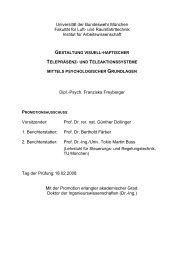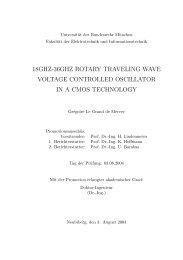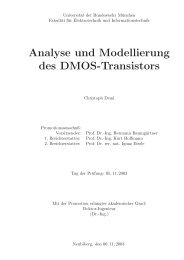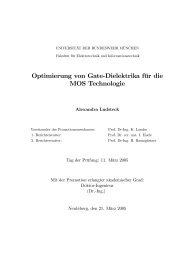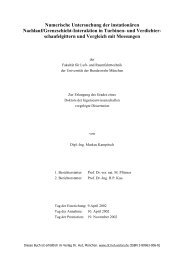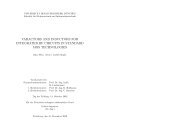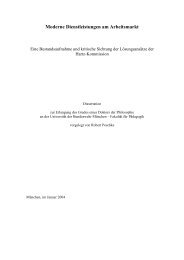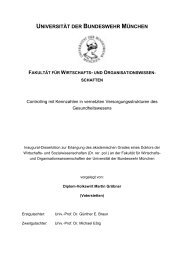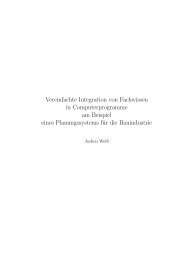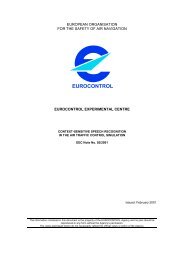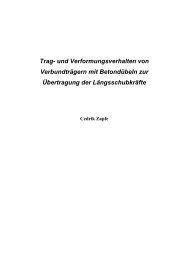Precise Orbit Determination of Global Navigation Satellite System of ...
Precise Orbit Determination of Global Navigation Satellite System of ...
Precise Orbit Determination of Global Navigation Satellite System of ...
Create successful ePaper yourself
Turn your PDF publications into a flip-book with our unique Google optimized e-Paper software.
Chapter 9 S<strong>of</strong>tware and Simulation Results<br />
CHAPTER 9 SOFTWARE AND SIMULATION RESULTS<br />
9.1 S<strong>of</strong>tware<br />
According to the discussions and algorithms in the previous chapters, I have written the s<strong>of</strong>tware for IGSO and<br />
GEO orbit determination using extended Kalman filter, called GEOKAL (GEO/IGSO orbit determination using<br />
KALman filter). At present in the s<strong>of</strong>tware, GEOKAL, the major perturbations such as geopotential perturbation,<br />
solar and lunar attractions and solar radiation force are included in the satellite dynamic models. Observations<br />
which can be processed are ranges and carrier phases. The major flow chart <strong>of</strong> s<strong>of</strong>tware GEOKAL is as follows:<br />
Start<br />
Read Initial <strong>Orbit</strong> Parameters and<br />
Observation Data File<br />
Compute State Matrix<br />
Predict <strong>Orbit</strong> using<br />
Numerical Integration<br />
Transform the Coordinates <strong>of</strong><br />
Tracking Stations From Earth-fixed<br />
<strong>System</strong> to Inertial <strong>System</strong><br />
Create Observations with ±1 m Errors<br />
Figure 9-1 The flowchart <strong>of</strong> Program GEOKAL<br />
9.1.1 Coordinate <strong>System</strong><br />
In the s<strong>of</strong>tware, GEOKAL, there are two coordinate systems used, i.e. the earth-fixed geocentric coordinate<br />
WGS84 which is defined and maintained by National Imagery and Mapping Agency (NIMA), USA and inertial<br />
coordinate FK5 in which polar axis points in the direction <strong>of</strong> the mean pole at J2000.0 as defined by the IAU<br />
conventional models <strong>of</strong> precession and nutation.<br />
113<br />
Create O-C Differences<br />
Form Design Matrix<br />
Kalman Filter Processor<br />
Compute the PDOP <strong>of</strong> <strong>Orbit</strong> <strong>Determination</strong><br />
Output the Results <strong>of</strong> Kalman Filter<br />
Yes<br />
Prepare for Next Processing<br />
Check if there are<br />
sufficient observation<br />
Stop<br />
No



